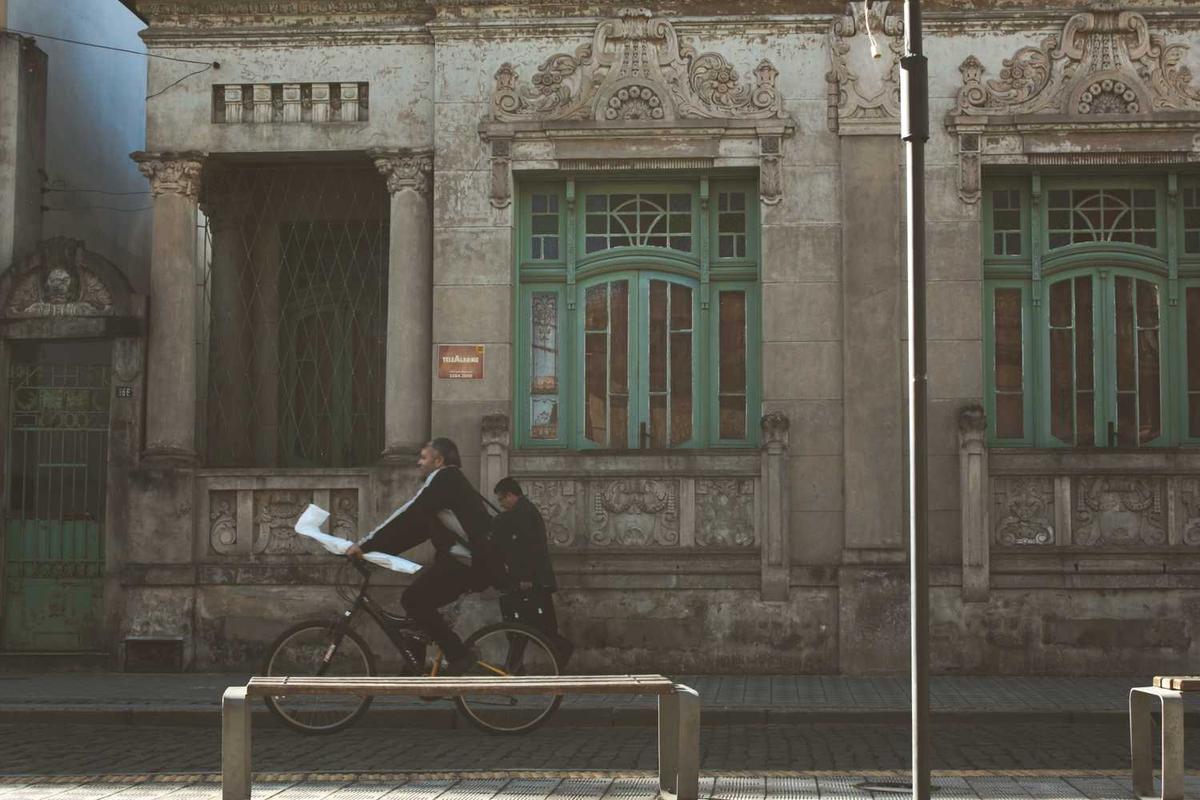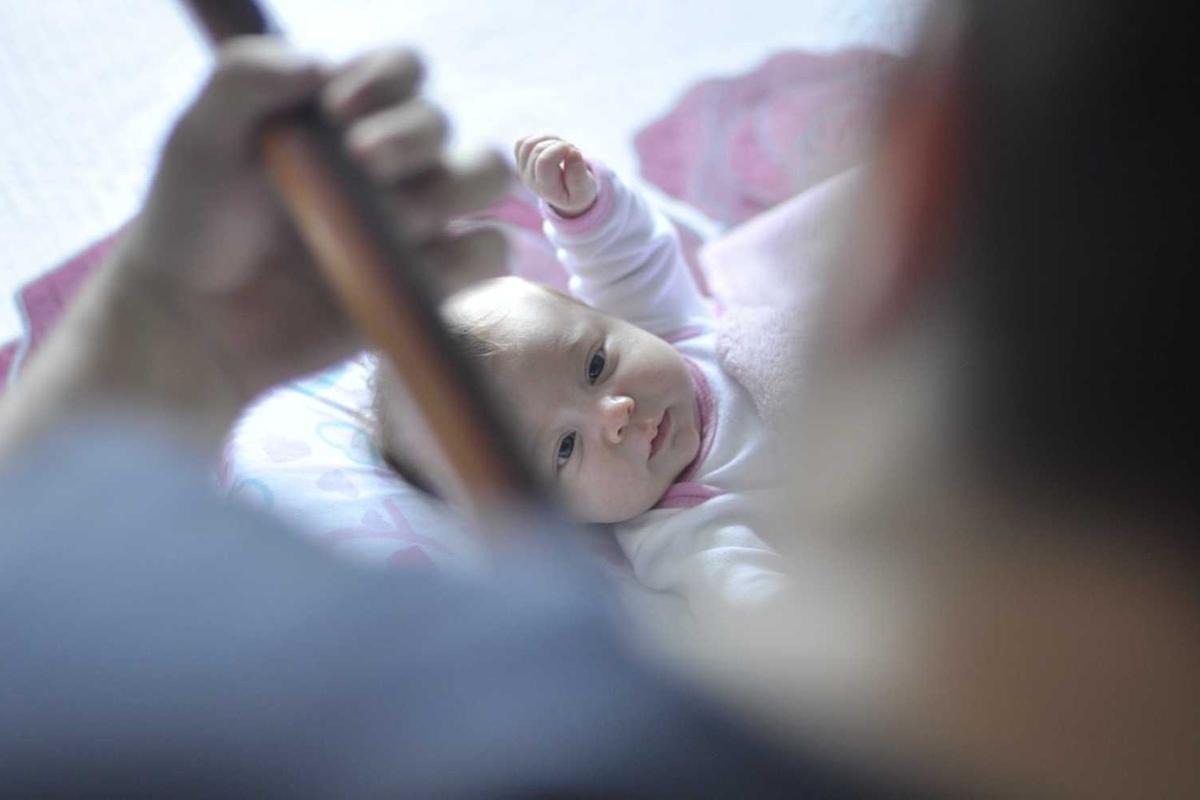Decluttering Your Wardrobe: A Psychology-Based Approach
Transform your relationship with your wardrobe through understanding the psychology of attachment, decision-making, and sustainable decluttering strategies.

Decluttering your wardrobe is more than just organizing—it's a psychological journey that involves confronting your relationship with possessions, understanding decision-making patterns, and creating sustainable habits that maintain a curated, intentional wardrobe. This approach goes beyond surface-level organization to address the emotional and mental aspects of wardrobe management.
Understanding the Psychology of Attachment
Before diving into practical decluttering strategies, it's essential to understand why we form attachments to clothing and how these attachments can either serve or hinder our style goals.
Types of Clothing Attachments
Recognize the different ways we connect with our clothing:
Emotional Attachments
- Sentimental Value: Items connected to memories, people, or experiences
- Identity Markers: Pieces that represent who we are or aspire to be
- Comfort Objects: Items that provide emotional security
- Achievement Symbols: Clothes that represent accomplishments
- Aspirational Items: Pieces for an imagined future self
Practical Attachments
- Functional Necessity: Items that serve specific practical purposes
- Investment Protection: Expensive pieces we feel obligated to keep
- Scarcity Mindset: Fear of not having enough options
- Seasonal Practicality: Items for specific weather conditions
- Special Occasion Preparation: Clothes for rare but important events
The Psychology of Decision Fatigue
Understanding why wardrobe decisions become overwhelming:
- Choice Overload: Too many options create decision paralysis
- Cognitive Load: Mental energy required for daily outfit decisions
- Perfectionism: Pressure to make the "right" choice
- Analysis Paralysis: Overthinking every clothing decision
- Regret Avoidance: Fear of making the wrong choice
Preparing for Psychological Decluttering
Mental Preparation
Set yourself up for success with proper mental preparation:
Goal Setting
- Define Your Why: Clarify your motivation for decluttering
- Vision Creation: Imagine your ideal wardrobe and lifestyle
- Realistic Expectations: Set achievable goals for the process
- Timeline Planning: Allow adequate time for thoughtful decisions
- Support System: Enlist friends or family for encouragement
Emotional Preparation
- Acknowledge Difficulty: Accept that decluttering can be emotionally challenging
- Practice Self-Compassion: Be kind to yourself during the process
- Identify Triggers: Recognize what makes letting go difficult
- Prepare for Resistance: Expect and plan for emotional resistance
- Focus on Benefits: Keep the positive outcomes in mind
Creating the Right Environment
Set up your space for optimal decision-making:
- Good Lighting: Ensure adequate lighting to assess items properly
- Comfortable Space: Create a pleasant environment for the process
- Minimal Distractions: Turn off devices and minimize interruptions
- Adequate Time: Block out sufficient time without rushing
- Sorting Areas: Designate spaces for different categories
The Psychology-Based Decluttering Framework
The Three-Question Method
For each item, ask these psychologically-informed questions:
Question 1: "How does this item make me feel?"
- Physical Comfort: Does it feel good to wear?
- Emotional Response: What emotions does it evoke?
- Confidence Level: Does it boost or diminish confidence?
- Authenticity: Does it align with your true self?
- Energy Impact: Does it energize or drain you?
Question 2: "What story does this item tell?"
- Personal Narrative: What does it say about you?
- Aspirational vs. Actual: Does it reflect who you are now?
- Past vs. Present: Is it about who you were or who you are?
- Future Relevance: Will it be relevant to your future self?
- Consistent Message: Does it align with your overall style narrative?
Question 3: "What would happen if I let this go?"
- Fear Assessment: What specifically are you afraid of losing?
- Replacement Potential: Could you replace it if needed?
- Opportunity Cost: What space/energy would you gain?
- Regret Likelihood: How likely are you to regret letting it go?
- Freedom Gain: What would you gain by releasing it?
Addressing Common Psychological Barriers
The Sunk Cost Fallacy
Overcome the tendency to keep items based on past investment:
- Recognition: Acknowledge that past costs are irrelevant
- Present Value: Focus on current utility and joy
- Future Benefit: Consider the ongoing cost of keeping items
- Lesson Learning: Use experience to inform future purchases
- Value Redefinition: Redefine value beyond monetary cost
Scarcity Mindset
Address fears of not having enough:
- Abundance Perspective: Recognize that you likely have more than enough
- Quality over Quantity: Focus on having fewer, better items
- Trust Building: Develop trust in your ability to make good choices
- Present Moment: Focus on current needs rather than hypothetical futures
- Gratitude Practice: Appreciate what you currently have
Perfect Future Self Syndrome
Let go of clothes for an imaginary future version of yourself:
- Reality Check: Assess whether future scenarios are realistic
- Present Acceptance: Embrace and dress for who you are now
- Flexible Planning: Allow for growth without hoarding
- Opportunity Recognition: See current opportunities for style expression
- Evolutionary Mindset: Understand that style naturally evolves
Systematic Decluttering Approach
The Category-Based Method
Work through categories systematically:
Phase 1: Easy Decisions
- Obviously Unworn: Items never or rarely worn
- Poor Condition: Damaged, stained, or worn-out items
- Size Mismatch: Items that don't fit properly
- Style Mismatch: Items that don't reflect your current style
- Duplicates: Excess items of the same type
Phase 2: Moderate Decisions
- Occasional Wear: Items worn infrequently
- Seasonal Relevance: Items with limited seasonal use
- Trend Pieces: Items that feel dated or too trendy
- Lifestyle Mismatch: Items that don't suit your current lifestyle
- Comfort Issues: Items that are uncomfortable to wear
Phase 3: Difficult Decisions
- Sentimental Items: Pieces with strong emotional connections
- Expensive Items: High-value pieces that aren't being used
- Gifts: Items given by others that don't suit you
- Aspirational Items: Pieces for an imagined future self
- Special Occasion: Rarely worn but potentially needed items
Decision-Making Strategies
The Try-On Test
Use physical experience to inform decisions:
- Full Assessment: Try on complete outfits
- Mirror Evaluation: Assess fit, comfort, and appearance
- Movement Test: Check comfort during normal activities
- Confidence Check: Notice how the item makes you feel
- Styling Potential: Consider how versatile the item is
The One-Year Rule
Apply time-based criteria for keeping items:
- Last Worn: Consider when you last wore each item
- Seasonal Consideration: Account for seasonal and occasion wear
- Future Likelihood: Assess realistic probability of wearing again
- Trend Relevance: Consider whether style is still current
- Lifestyle Alignment: Evaluate fit with current lifestyle
Emotional Processing Techniques
The Gratitude Release
Process attachment through gratitude:
- Acknowledgment: Recognize the item's past service
- Appreciation: Express gratitude for experiences shared
- Blessing: Wish the item well in its next chapter
- Closure: Formally say goodbye to the item
- Release: Let go with positive feelings
The Memory Preservation
Honor memories without keeping physical items:
- Photography: Take photos of meaningful items
- Journaling: Write about the memories associated with items
- Story Sharing: Share memories with others
- Digital Archives: Create digital memory collections
- Selective Keeping: Keep only the most meaningful pieces
Sustainable Decluttering Habits
The One-In-One-Out Rule
Prevent future accumulation:
- Purchase Consciousness: Think before buying new items
- Space Awareness: Recognize space limitations
- Quality Focus: Choose quality over quantity
- Intentional Consumption: Buy with specific purposes in mind
- Regular Evaluation: Continuously assess wardrobe needs
Regular Maintenance
Establish ongoing decluttering habits:
- Monthly Reviews: Regular assessment of wardrobe items
- Seasonal Purges: Quarterly decluttering sessions
- Immediate Removal: Remove items as soon as they're identified
- Donation Bag: Keep a bag for items to donate
- Mindful Acquisition: Practice conscious consumption
Post-Decluttering Integration
Emotional Adjustment
Adapt to your newly curated wardrobe:
- Patience: Allow time to adjust to fewer options
- Appreciation: Focus on loving what remains
- Confidence Building: Trust your curation decisions
- Flexibility: Remain open to further refinement
- Celebration: Acknowledge the accomplishment
Lifestyle Integration
Incorporate new habits into daily life:
- Morning Ease: Enjoy simpler outfit selection
- Space Appreciation: Notice and enjoy the extra space
- Quality Focus: Appreciate the improved quality of remaining items
- Maintenance Ease: Enjoy easier wardrobe care
- Style Clarity: Appreciate the clearer style direction
Conclusion
Decluttering your wardrobe through a psychology-based approach creates lasting change that goes beyond surface-level organization. By understanding your attachment patterns, addressing psychological barriers, and developing sustainable habits, you can create a wardrobe that truly serves your life and style goals.
Remember that this process is deeply personal and may take time. Be patient with yourself as you navigate the emotional aspects of letting go, and focus on the freedom and clarity that comes with a thoughtfully curated wardrobe. The goal isn't to have the least amount of clothing possible, but to have the right amount of clothing that brings joy, serves your lifestyle, and reflects your authentic self.


